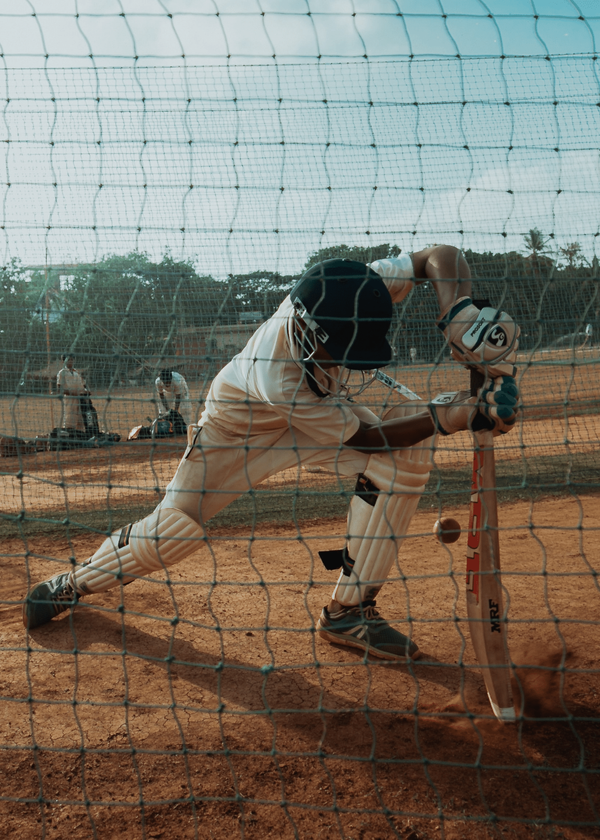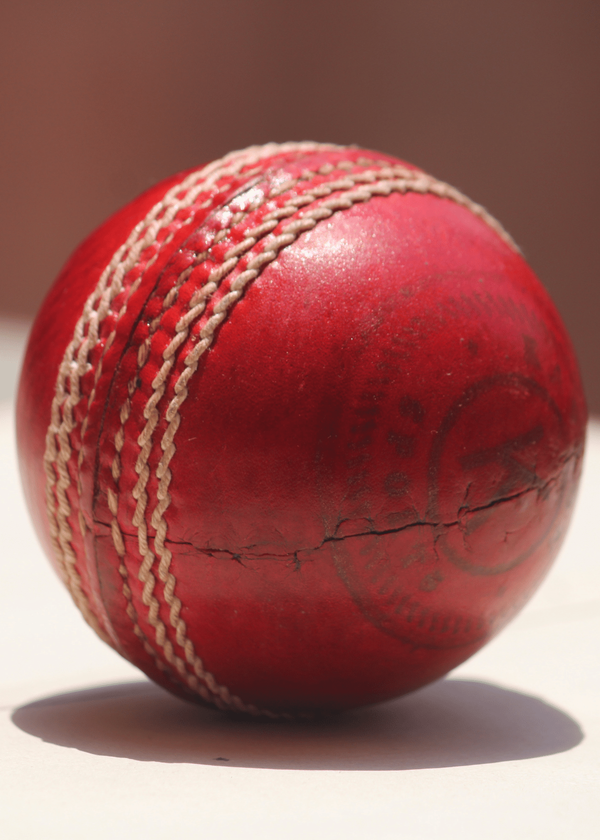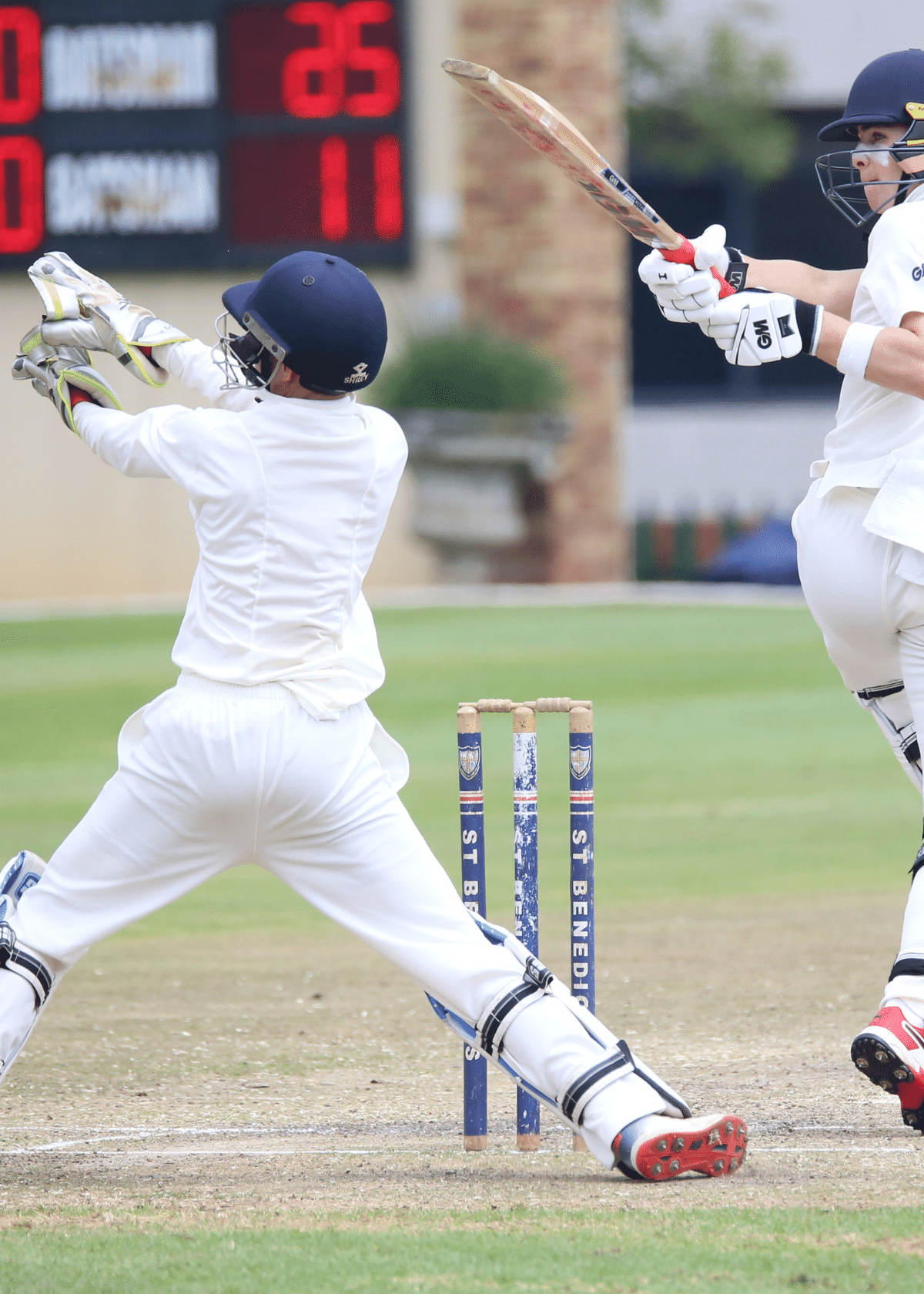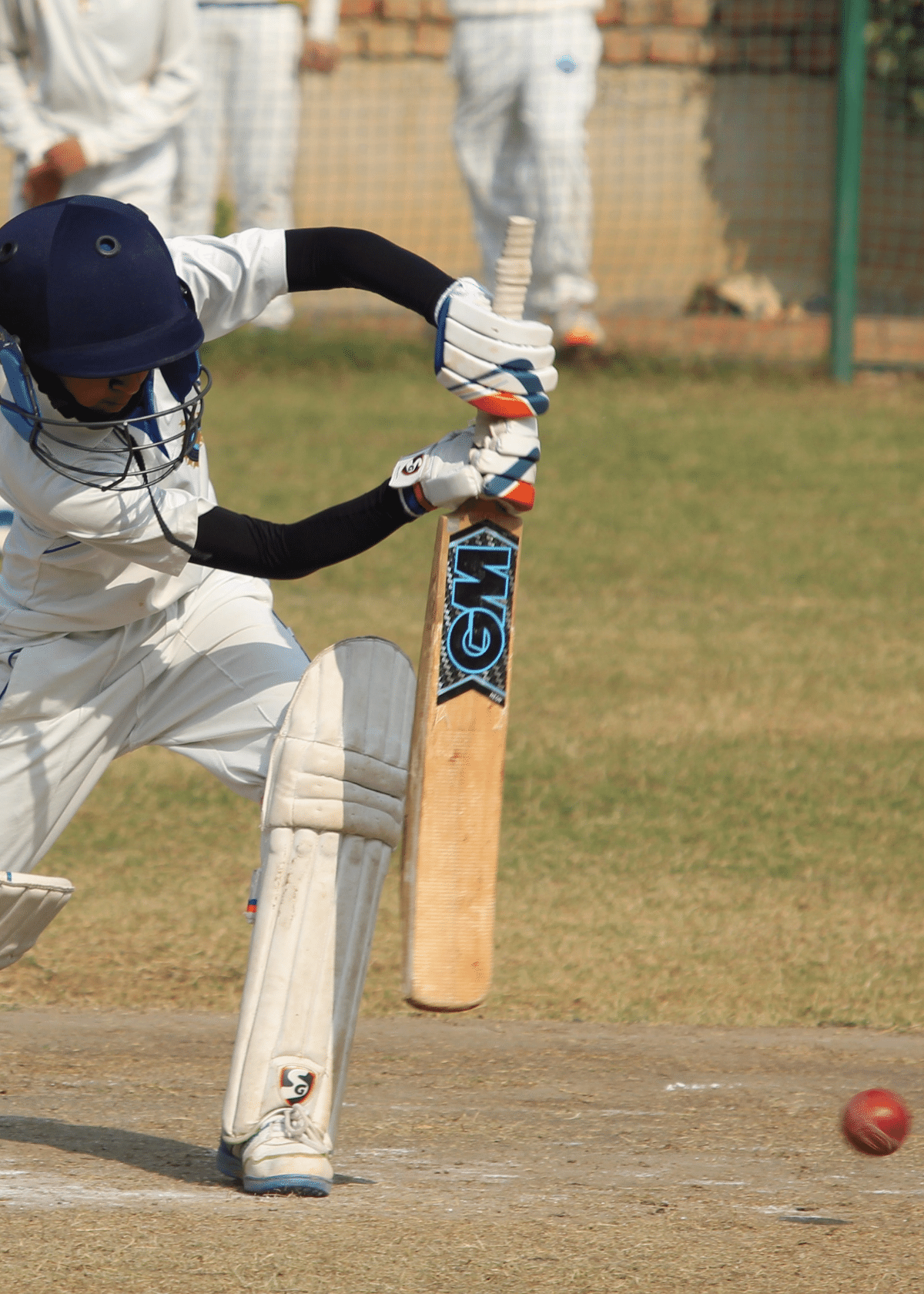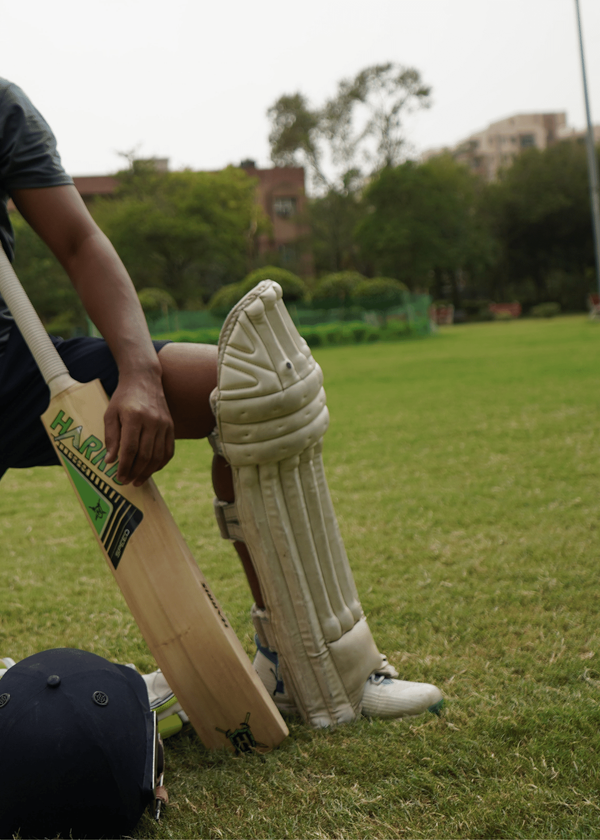Gaelic sports are a delightful concoction of tradition, athleticism, and a sprinkle of madness. These traditional Irish sports, governed by the Gaelic Athletic Association (GAA), include Gaelic football, hurling/camogie, rounders, and handball. Imagine a soccer ball, but with more rules, more officials, and a lot more excitement.
What Are the 4 Gaelic Sports?
Gaelic sports are traditional Irish sports governed by the Gaelic Athletic Association (GAA). These sports are deeply rooted in Irish culture and are played with great passion across Ireland and beyond. The four main Gaelic sports are Gaelic football, hurling, rounders, and handball.
Gaelic Football
Gaelic football is a game that combines the best elements of soccer and rugby, with a few twists. Players can score by kicking the ball into the opponent's goal for three points or over the crossbar for one point. The game is played on a rectangular grass pitch, and the action is fast and furious.
One of the most entertaining aspects of Gaelic football is the variety of ways players can move the ball. Soloing involves kicking the ball upward and catching it, while hand passing allows players to pass the ball using a closed fist. The game also features some unique rules, such as the "square ball" rule, which is often controversial and can lead to heated debates among fans.
Hurling
Hurling is another traditional Irish sport, often described as the fastest field game in the world. Played with a small ball called a sliotar and a wooden stick known as a hurley, the objective is to score by striking the ball into the opponent's goal or over the crossbar. The game is played on the same pitch as Gaelic football, with similar team sizes and structures.
Hurling requires a high level of skill and precision, as players must balance the sliotar on their hurley while running at high speeds. The game also includes unique rules, such as the "hand pass," where players use a closed fist to pass the ball to their teammates. Umpires raise green and white flags to signal scores, and the referee's instruction ensures the game is played fairly. Hurling is a thrilling sport that showcases the athleticism and skill of its players.
Camogie
Camogie is the female counterpart to hurling, governed by the Ladies Gaelic Football Association. It shares many similarities with hurling, including the use of a hurley and sliotar, but has some distinct rules tailored for women. Camogie is played on the same pitch as hurling and Gaelic football, with teams of 15 players each.
In camogie, players can score by striking the sliotar into the opponent's goal or over the crossbar. The game also features unique rules such as the "free out," awarded for certain fouls, and the "sideline kick," used to restart play when the ball goes out of bounds. The referee's knowledge and instruction are essential in ensuring fair play, and the final score is determined by the combination of goals and points. Camogie is a dynamic and exciting sport that highlights the skill and athleticism of female athletes.
Rounders
Rounders is a traditional Gaelic sport that has been enjoyed by Irish communities for generations. It involves two teams, batting and fielding, aiming to score the most runs. The game is similar to baseball but has unique rules and equipment.
Players use a small, hard ball and a bat to hit the ball and run around four bases to score. The fielding team tries to catch the ball or tag the bases to get the batters out. This sport is a staple in Irish culture, often played in schools and local clubs.
Handball
Handball is a traditional Irish sport played in a court with a small rubber ball. The objective is to hit the ball against the wall in such a way that the opponent cannot return it. Handball can be played in singles or doubles, with players using their hands to strike the ball.
The game requires quick reflexes and agility, as players must anticipate the ball's movement and position themselves accordingly. Handball is governed by the Gaelic Athletic Association, and matches are played in various formats, including one-wall and four-wall courts. The sport is popular among youth teams and adult players alike, offering a unique and challenging experience.
The Officials
Gaelic games are known for their complex rules and the need for multiple officials to keep everything in check. In addition to the referee, there are umpires, sideline officials, and even a fourth official. Each official has a specific role, from raising green and white flags to indicate scores to managing the team sheets.
The umpire raising a green flag signals a goal, while a white flag indicates a point. The sideline official is responsible for line balls and ensuring that the game runs smoothly. With so many officials on the pitch, it’s no wonder that Gaelic games are both thrilling and chaotic.
The Passion of Gaelic Sports Fans
Gaelic sports fans are some of the most passionate and dedicated supporters you’ll find. From youth teams to senior inter-county games, the enthusiasm for these traditional Irish sports is palpable. Fans wave green and white flags, cheer for their favorite players, and engage in lively debates about the finer points of the game.
Gaelic Games FAQs
What are the main Gaelic sports?
The main Gaelic sports include Gaelic football, hurling, camogie, and handball. These traditional Irish sports are governed by the Gaelic Athletic Association (GAA) and are known for their unique rules and exciting gameplay.
How is scoring done in Gaelic football?
In Gaelic football, players can score by kicking the ball into the opponent's goal for three points or over the crossbar for one point. The final score is determined by tallying the goals and points scored by each team.
What is the role of officials in Gaelic games?
Gaelic games involve multiple officials, including the referee, umpires, sideline officials, and a fourth official. Each official has specific responsibilities, such as raising green and white flags to indicate scores, managing team sheets, and ensuring the game runs smoothly.
What equipment is used in hurling?
Hurling is played with a small ball called a sliotar and a wooden stick known as a hurley. Players use the hurley to strike the sliotar and score points by hitting it into the opponent's goal or over the crossbar.
What equipment is needed for rounders?
A bat, a ball, and four bases are essential for playing rounders.
Summary
Gaelic sports are an integral part of Irish culture, offering a unique blend of athleticism, skill, and tradition. The four main Gaelic sports—Gaelic football, hurling, rounders, and handball—each have their own distinct rules and characteristics, making them exciting and engaging for players and spectators alike.





